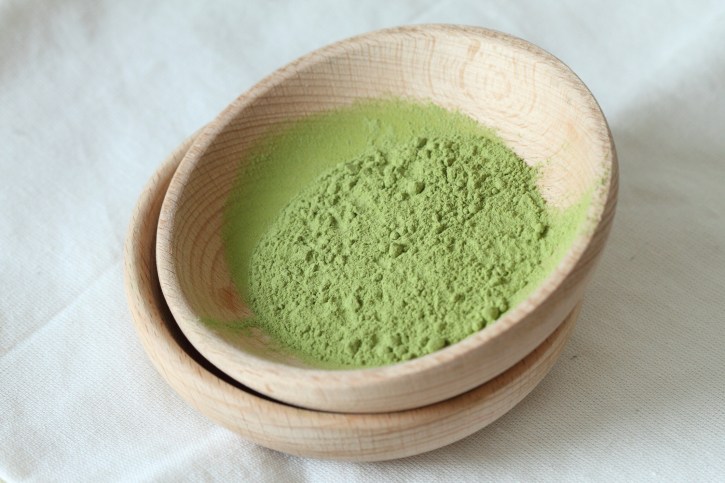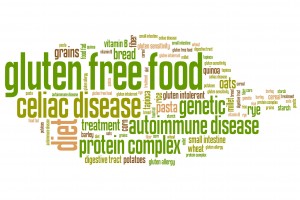16 Surprising Sources of Protein
Protein does more than just build strong muscles. It also strengthens bones, increases satiety, protects against heart disease, and helps support a healthy immune system. We also know that consuming plenty of protein is an essential component of achieving and maintaining a healthy weight. When most people think about protein, foods like chicken, beef, pork, and eggs usually come to mind. But there are several hidden protein treasures that can help you meet your needs while also helping you cut back on your meat intake.
Beans
Beans are well-known for being high in fiber, but did you know they are also high in protein? Beans are a wonderful source of protein, ranging from 10-18 grams per cup cooked, depending on the type. They're also versatile and economical. Dried beans are very inexpensive and can be incorporated into a variety to dishes. Diets that include beans may reduce your risk of heart disease and certain cancers. Another bean bonus: A recent study found that people who eat beans weighed on average 7 pounds less and had smaller waists than those who didn't eat beans. To reduce some unpleasant side effects, rinse beans in water to reduce their gas-producing effect.
Quinoa
Another surprising source of high-quality protein is quinoa. Quinoa, a seed that's commonly thought of as a grain, was originally cultivated by the Incas in South America but is gaining popularity worldwide. A quarter-cup of cooked quinoa provides 5 grams of protein. It is especially rich in the amino acid lysine, which is important for tissue growth and repair. Quinoa works well in soups and salads and can easily serve as a substitute for rice in most recipes.
Soybeans
Soybeans are the only vegetables that are a complete protein, meaning it contains all nine of the essential amino acids--amino acids that our bodies can not make and must be obtained from food. In fact, soybeans produce more than two times as much protein per acre of land than any other crop of vegetable or grain. Soybeans are used in a multitude of foods, including soy milk, tofu, tempeh (fermented soybeans), soy cheese, soy yogurt, soy nuts, edamame (green, immature soybeans), mature yellow soybeans, miso (a thick paste made from fermented soybeans and barley or rice malt--used in Japanese cooking to make soups or sauces), textured vegetable protein ('TVP'--used as a meat alternative), and others. The protein content of soy foods varies, ranging from about 25 grams for a ½-cup serving of TVP to 4 grams for a 2 Tbsp serving of miso paste.
Nuts and Seeds
Nuts and seeds are also a meat-free protein source. A one ounce serving of most nuts and seeds provide about 6-9 grams of protein.
Other Protein Sources
Other lesser known protein sources include:
- Cottage cheese (14 g per ½-cup / 4 oz. serving)
- Dried spirulina seaweed (8.6 g per 1 cup serving)
- Bagels (7.2 g per small bagel, 3" diameter)
- Oatmeal (6 g per 1 cup cooked)
- Bulgur (6 g per 1 cup cooked)
- Brown rice (5 g per 1 cup cooked)
- Spinach (5 g per 1 cup cooked)
- Baked potatoes (4.5 g per medium potato, skin included)
- Peas (4.5 g per ½ cup serving)
- Avocados (4 g per avocado)
- Broccoli (4 g per 1 cup cooked)
Kari Hartel, RD, LD is a Registered Dietitian and freelance writer based out of St. Louis, MO. Kari is passionate about nutrition education and the prevention of chronic disease through a healthy diet and active lifestyle. Kari holds a Bachelor of Science in Dietetics from Southeast Missouri State University and is committed to helping people lead healthy lives. She completed a yearlong dietetic internship at OSF St. Francis Medical Center in Peoria, IL, where she worked with a multitude of clients and patients with complicated diagnoses. She planned, marketed, and implemented nutrition education programs and cooking demonstrations for the general public as well as for special populations, including patients with cancer, heart disease, diabetes, Alzheimer's disease, obesity, and school-aged children. Contact Kari at [email protected].
-
Protein and Dairy: A Dieters Best Friends?
New research has found that increased consumption of protein, particul
-
Fast And Easy Weight Loss Using Diet Programs And Diet Pills
If youre one of the approximately 67% of Americans that are wired into
-
Low Carb Diet Vs Low Fat Diet The Truth About Fat And Cholesterol
How did the dietary fat is bad roller coaster get started? Investigat
-
Losing Weight Is Possible For A Healthy New You
The road to losing weight is a journey t
-
Well Known Nutritional Products
A nutrition website shares a lot of information to the public with re
-
Weight loss tips for teenage girls
Teenagers are mostly misunderstood because of their obsession with the
- DON'T MISS
- Weight Loss 4 Idiots Product Review
- How To Love Yourself Naked
- Lose The Diet AND The Weight
- Use A Weight Loss Chart For Faster Results
- The Ultimate Weight Loss Attitude
- Weight Loss Methods - Exercise Tips On Losing Weight And Burning Off Calories
- How Do I Lose My Belly Fat? A Flat Stomach Is Possible
- The Benefits Of Bariatric Lap-Band Surgery
- Dieting Its Both What We Eat And How We Eat
- 6 Ways To Get Started When You Have More Than 50 Pounds To Lose




